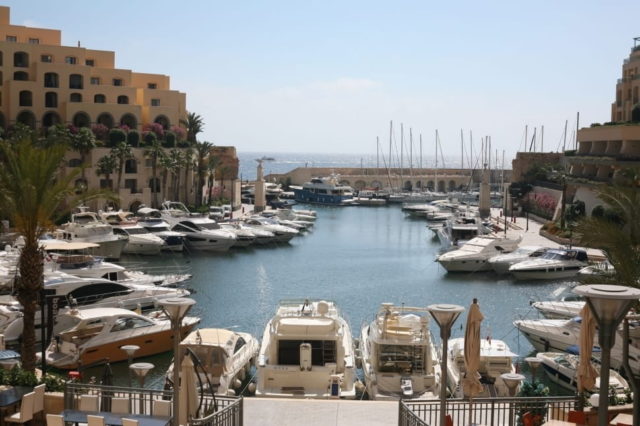
What could be better than going fishing or boat riding on a warm sunny day? Traveling out to the sea is so invigorating and can have a wholesome effect on your health from providing vitamin D to keeping you active and social.
However, as with driving a car, navigating a boat has its own set of safety regulations one must follow to keep safe. Boat owners should be aware of the potential harm of owning and operating a boat. According to the U.S. Coast Guard, nearly 5,000 recreational boating accidents occur each year in the US alone. A number of these accidents result in death.
Here are the top tips for navigating a boat.
1. Take a Boating Safety Course
Online boating safety courses are available for boaters of all ages. The topics covered in these classes typically range from anchoring, chart-reading, navigation, security, etc. You can take a course any time and get a certificate for completion at aceboater.com.
2. Always Remain Sober
Navigating a boat under the influence of alcohol is illegal in all 50 states and is a federal crime. The legal limit of Blood Alcohol Content (BAC) is the same for driving a car, 0.08%. Consumption of alcohol is more dangerous on the water than on land because the waves, engine noise, sun, and other stressors of the marine environment quickly impair one’s ability to drive a boat.
3. Always Wear a Life Jacket
All those riding in a boat are required to wear a life jacket at all times. All lifejackets should be Coast Guard approved and must be the appropriate size for its user. Life jackets should be tested once a year to check for appropriate buoyancy and any leaks. If the life jackets don’t buckle correctly, are old, or tattered, discard them.
4. Create a Float Plan
Document where you’re going, who is going with you and when you plan to return. You should email this document to a friend or family member who can be responsible for starting the search and rescue process if you don’t return when expected. A float plan can include the following information: name, address, and phone number of trip leader and passengers; boat type and registration information; trip itinerary; etc.
5. Be Aware of Carbon Monoxide
All boat engines produce carbon monoxide—an odorless, colorless, poisonous gas that can kill you in a matter of minutes. Every year boaters die due to improper cabin ventilation, poorly maintained equipment and careless behavior.
Boaters that swim in proximity to the boat and other areas where CO may accumulate are at risk as well. It’s important to be cognizant of the symptoms (irritated eyes, headache, nausea, weakness, and dizziness) of CO poisoning and use CO detectors on your boat and stay off the swim platform when the engine (or generators) are running.
6. Pre-Check the Boat
Always perform a pre-boarding boat safety check-up before navigating a boat. Ensure that you have a full tank of gas, correct engine oil and transmission fluid levels, a fully-charged battery, full fluid levels, electronic gear in good condition and that all other components of your boat working properly. Boaters should ensure that there are life jackets for all, a first-aid kit, a tool kit, a horn or whistle, flares, a fire extinguisher, a marine VHF radio, and an extra dock line or two.
Conclusion
Boating can be such a perfect activity if you want to relax or have fun outdoors with friends or family. However, it is important to note that safety measures should always be a priority so that the risk of accidents and casualties is minimized to its most possible extent.












